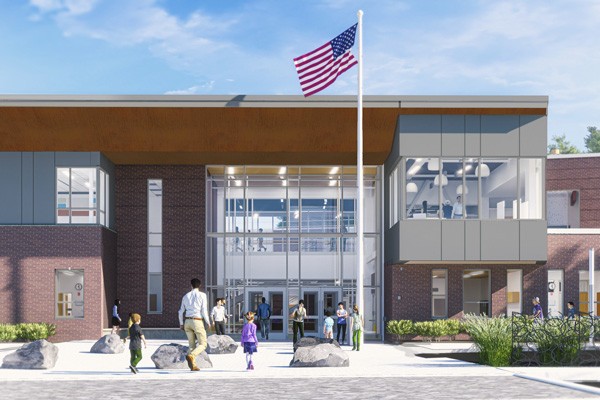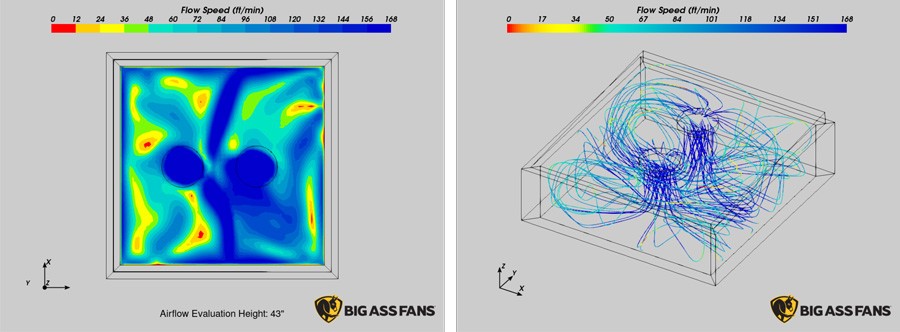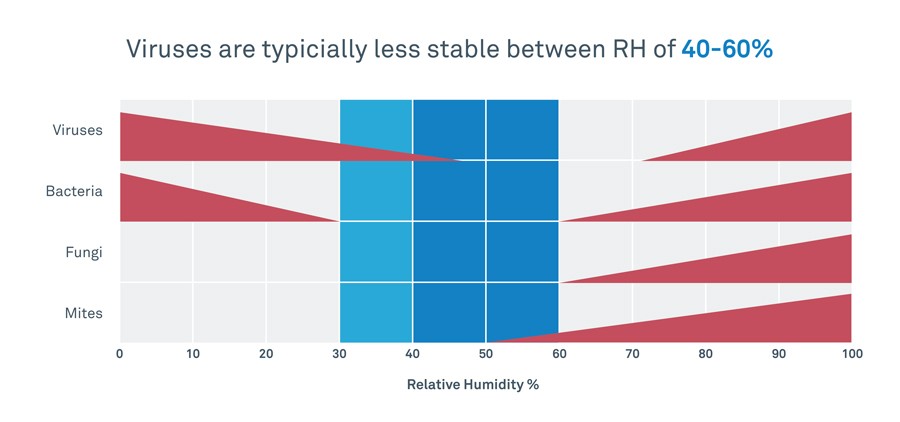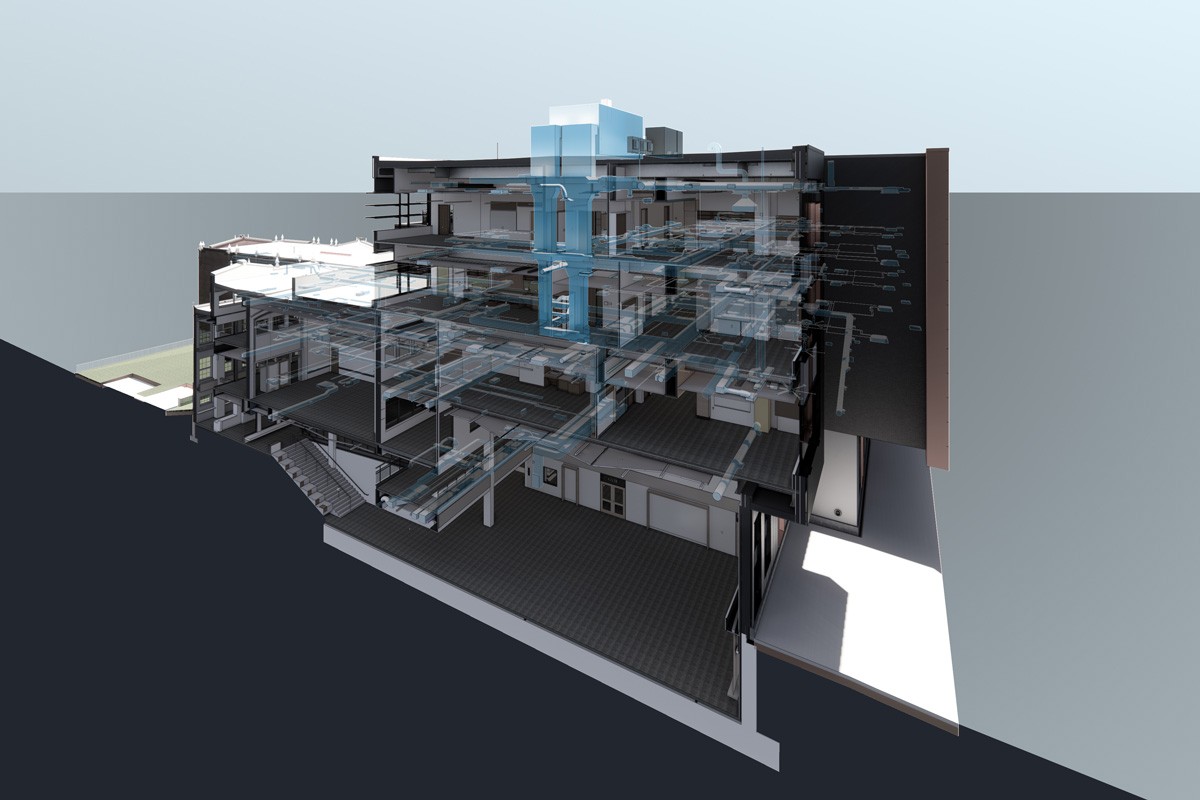Building owners and developers must meet minimum ventilation rates, which are defined by state codes. Most are based on some version of ASHRAE 62.1, which defines different ventilation rates depending on a space's area, population, and usage. These factors account for the difference in ventilation needs of, say, a person working out in a gym (20 cubic feet per minute, or CFM) and a person working in an office (5 CFM).
While meeting the minimum is a good place to start, we can do a lot more. One solution is Demand Control Ventilation (DCV). This technology senses the amount of CO2 in a space and increases or decreases the amount of fresh air coming in to keep the CO2 levels low. DCV offers all the cognitive and health benefits of increased fresh air, but also saves energy by reducing levels when less fresh air is needed.
Buildings can better self-regulate if their HVAC systems are designed to be able to operate above the code minimum, even if only occasionally. This approach keeps air quality as high as possible without over-ventilating when spaces are unoccupied or have low usage.






